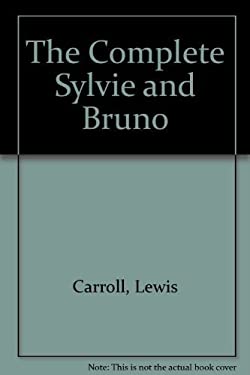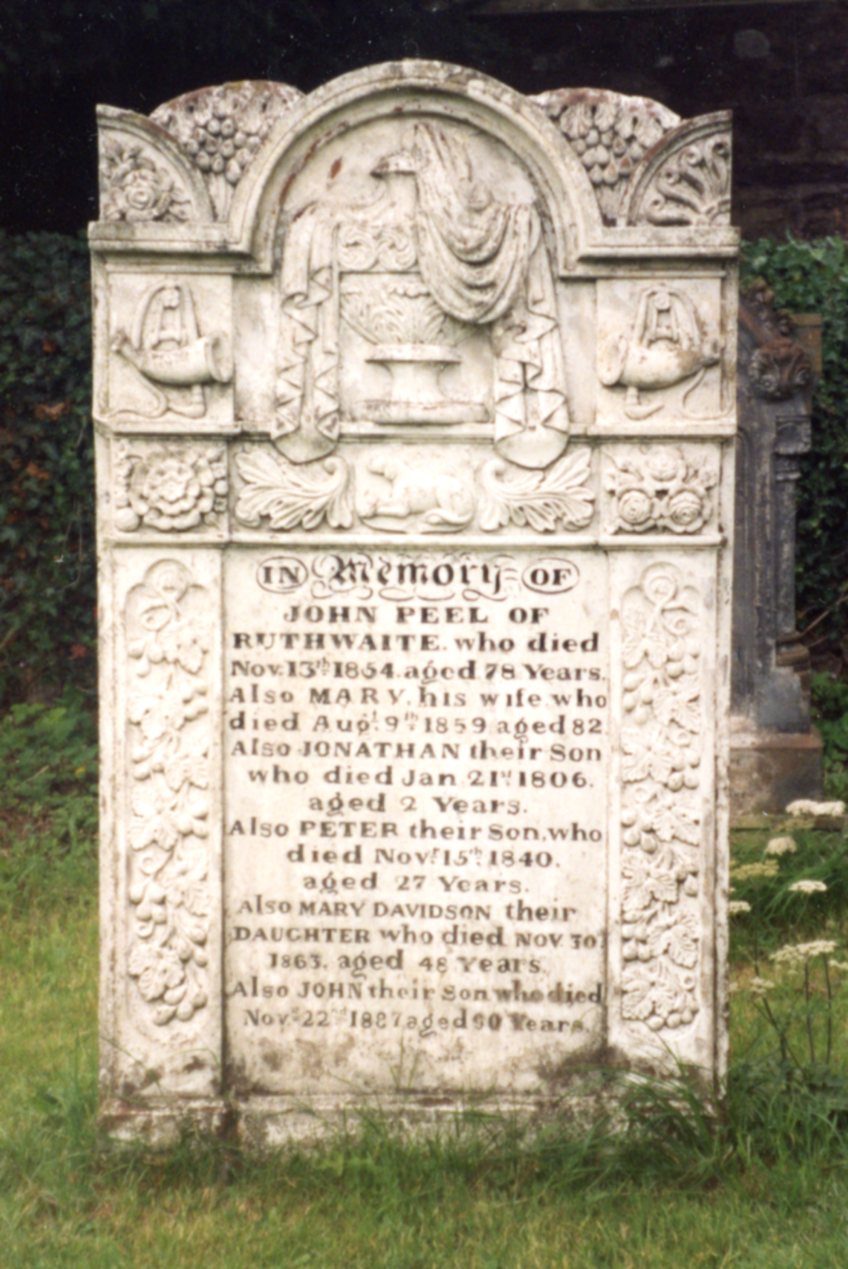I just saw a post of a rather extraordinary image of the Irish saint St. Bride and I thought I'd share it with you and there is much Wakean about it. I had no intention of talking about St Brides, until this moment, but she does show up all over the Wake, and this image got me going.
The leap year girls of St Brides are associated with the rainbow girls and Iseult/Issy/Isobel.
Her magic transportation partakes of the spirit of the dreamer.
The gulls below take on many appearances in Finnegans Wake, it being a coastal book, most famously crying out their three quarks for the cockolded King Mark aka dreg drugged HCE, and lending a name to one of the most famous families of subatomic particles.
The stories of Viconian ideal history are written onto the body and its perceptions, (remember Shem writing on himself) and there seems to be a bit of that here in this image. The robes of the angels do double duty, and portray the Life of Christ.
Here's the information I found about this picture. It was a Facebook post, so I don't know what the original source material is.
John Duncan (Scottish painter) 1866 - 1945
St. Bride, 1913
tempera on canvas
119.38 x 142.24 cm. (47 x 56 in.)
National Galleries of Scotland, Edinburgh
According to the legend of the Irish Saint Bride she was transported miraculously to Bethlehem to attend the nativity of Christ. Here two angels carry the white robed saint across the sea. The seascape reflects Duncan's fascination with the Outer Hebrides and the Isle of Iona. The birds and seal provide an effective naturalistic foil for the supernatural angels overlapping the patterned border. Scenes from the life of Christ decorate the angel's robes, and may include the artist's self-portrait as the tiny clown (a holy fool) accompanying the procession of the magi on the leading angel's gown.
Wikipedia tells us "Saint Brigid of Kildare, or Brigit of Ireland (variants include Brigid, Bridget, Bridgit, Bríd and Bride), nicknamed Mary of the Gael(
Irish: Naomh Bríd) (c. 451–525) is one of
Ireland's
patron saints along with Saints
Patrick and
Columba."
Alarmingly, her birthday is February 1. That pairs her directly with Joyce himself, who was born on
February 2. "Brigit's skull has been preserved in Igreja São João Baptista Lumiar (
38°46′29″N 9°09′55″E.[2]), the church of St Joao Baptista at
Lumiar near Lisbon airport in Portugal since 1587 and is venerated on 2nd February (not 1st February, as in Ireland)
.[28] " There's even a
connection with Joyce's eye problems (28 operations, I seem to recall), which did not prevent him from pursuing his artistic revelation; "in the first and second troparia of the fourth ode of the
canon of the saint from the Orthodox Matins service
:
Considering the beauty of the body as of no account, when one of thine eyes was destroyed thou didst rejoice, O venerable one, for thou didst desire to behold the splendour of heaven and to glorify God with the choirs of the righteous."
"Brigit may have been born in
Dundalk,
County Louth, Ireland. Because of the legendary quality of the earliest accounts of her life, there is much debate among many secular scholars and even faithful Christians as to the authenticity of her biographies. According to her biographers her parents were Dubhthach, a
Pagan chieftain of
Leinster, and Brocca, a Christian
Pict and slave who had been baptised by
Saint Patrick. Some accounts of her life suggest that Brigit's father was in fact from
Lusitania, kidnapped by Irish pirates and brought to Ireland to work as a slave, in much the same way as Saint Patrick. Many stories also detail Brigit's and her mother's statuses as pieces of property belonging to Dubhthach, and the resulting impact on important parts of Brigit's life story."
"Brigit was adopted as an icon by 20th century feminists who admire her achievement in a patriarchal society. Her political proponents included Maud Gonne and Inghinidhe na hÉireann who promoted her as a model for women." This is fascinating given the current controversy between the women of religious orders and the Roman Catholic Church hierarchy.
This
article is fascinating and I could only go into a few tidbits here. I am sure of tons of this appear in the Wake. Somewhere. Or other. For future reference, it's:
http://en.wikipedia.org/wiki/Brigit_of_Kildare
























